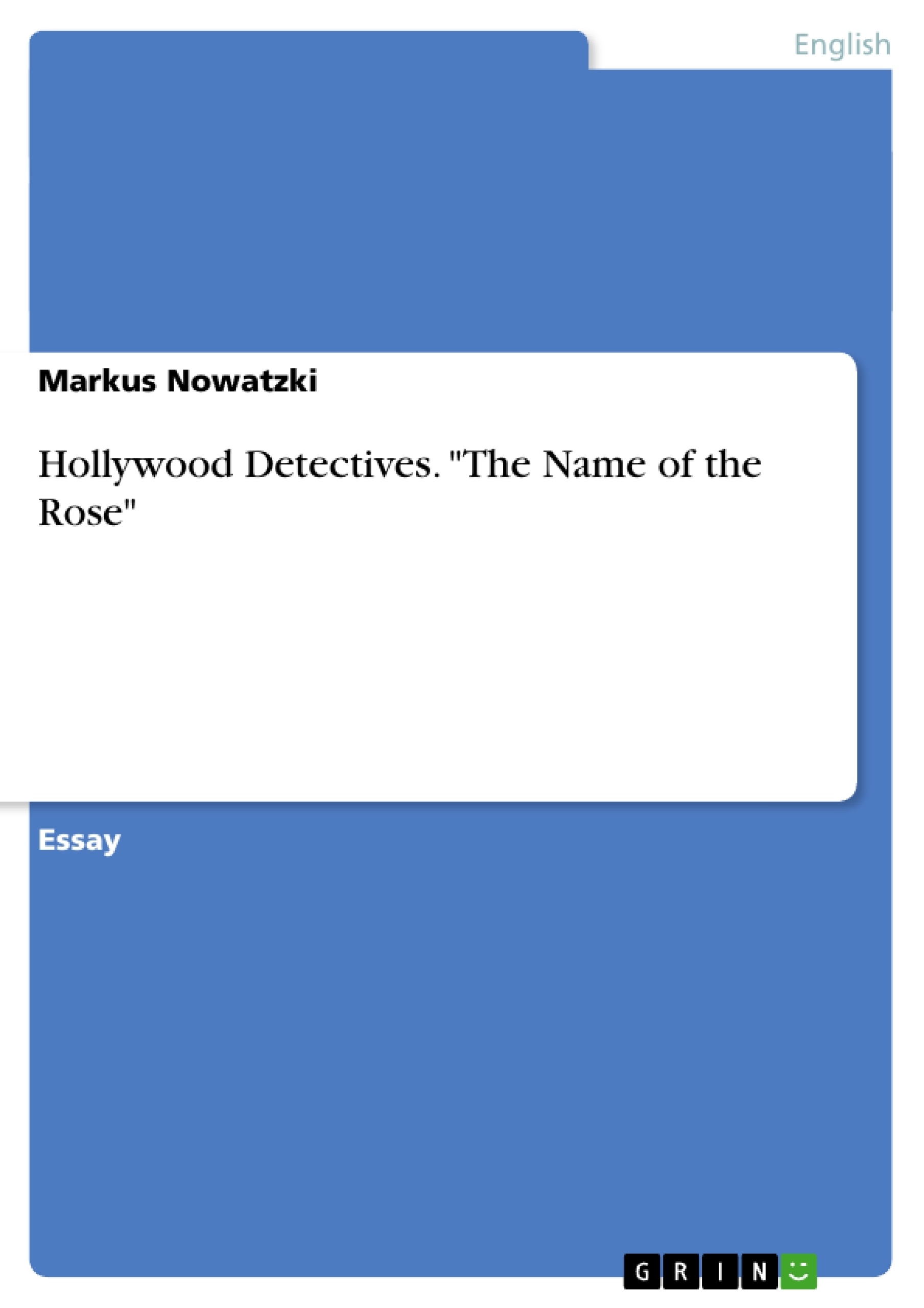When on 16th of August in 1968 Umberto Eco encountered a book by some Abbé Vallet he had found the plot for his first novel, which was to become a bestseller. Thus the novel, when published in 1980, had an immense impact on the reader, who could choose from a large apparatus of secondary literature immediately after the appearance of the Eco’s novel. Although it seems that the novel is far to rich for any classification – it can be read as a detective novel as well as a philosophical paper, or as a historical novel as well as a work on semiotics – Eco probably has started a new genre, which has become a real boom. In almost any bookstore of today we are able to choose from murder mysteries a là Conan Doyle that take place in ancient Egypt or classic Rome, in the dark Medievals or in industrial 19th century. The genre of the historic crime novel not only includes the typical traits of a historic plot with appropriate settings within the time scheme of the era, but also the genius of an almost non failing detective figure that is accompanied by a student, or assistant who has to be taught the merits of logical thinking and abduction, thus abduction is central in the methods of Baskerville, who then becomes related to Holmes, the most famous fictional detective. Another quite obvious “proof” for classification might be the title “Name of the Rose,” which conveys the impression of a historic title. The film even plays with this, when it names itself as a palimpsest of Eco’s novel.
Inhaltsverzeichnis (Table of Contents)
- The Name of the Rose
- The Story of the Film
- A Detective Novel
- Love and the Aristotelian Ideal
- The Structure of the Plot
Zielsetzung und Themenschwerpunkte (Objectives and Key Themes)
This essay provides a comprehensive overview of the film adaptation of Umberto Eco's novel "The Name of the Rose," exploring its main themes, characters, and plot structure. The essay examines the film's unique blend of historical fiction, mystery, and philosophical inquiry.
- The clash between Aristotelian thought and the Catholic Church's conservatism.
- The role of logic, deduction, and abduction in solving mysteries.
- The portrayal of human fallibility and the complexities of truth.
- The importance of questioning established beliefs.
- The interplay between reason and faith.
Zusammenfassung der Kapitel (Chapter Summaries)
The essay begins by examining the film's adaptation of Eco's novel. It highlights the film's depiction of a medieval world, full of characters with diverse motivations and flaws. The essay then delves into the film's central conflict, which revolves around the murder of a monk and the suppression of a forbidden Aristotelian text. It explores the motivations of the key characters, including William of Baskerville, Adson of Melk, and Jorge of Burgos, and their role in driving the plot forward.
Schlüsselwörter (Keywords)
The essay revolves around the themes of historic crime fiction, philosophical inquiry, medieval society, Aristotelian thought, the Catholic Church, logic and deduction, the pursuit of truth, and the interplay of reason and faith. The characters of William of Baskerville, Adson of Melk, and Jorge of Burgos are central to the analysis.
- Quote paper
- Markus Nowatzki (Author), 2002, Hollywood Detectives. "The Name of the Rose", Munich, GRIN Verlag, https://www.grin.com/document/15018



